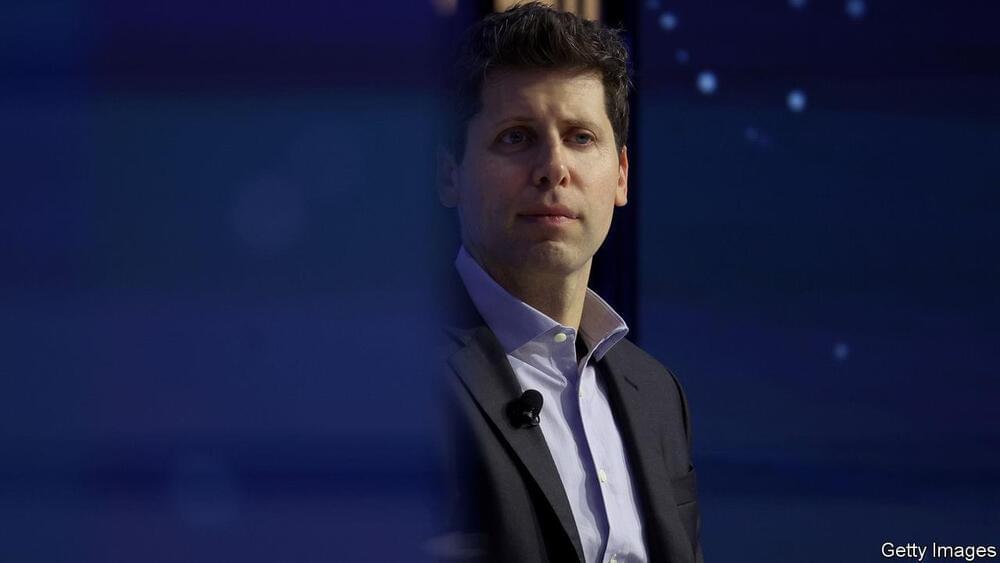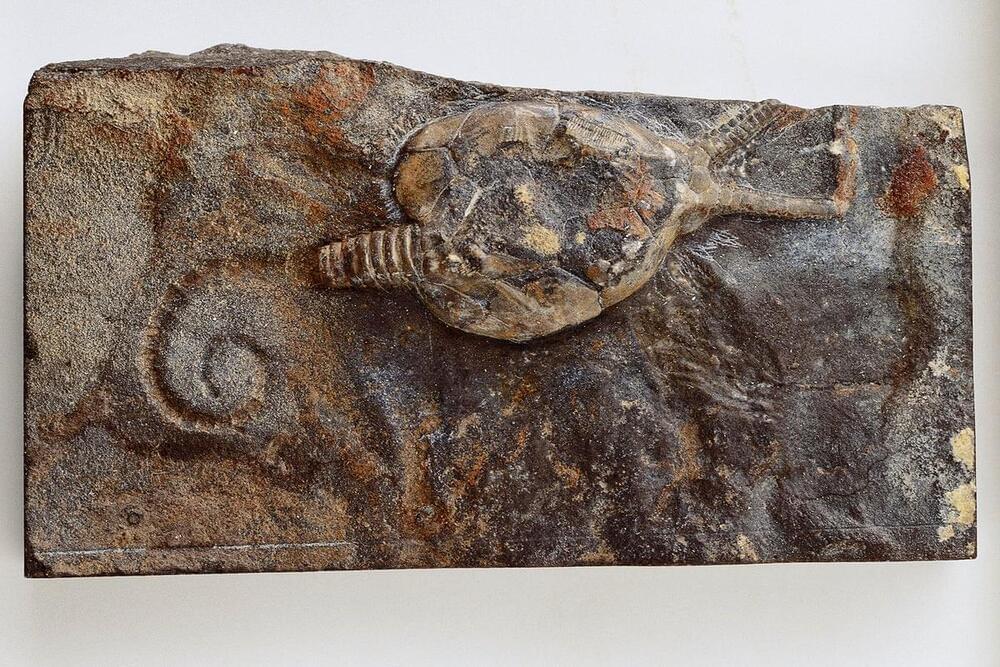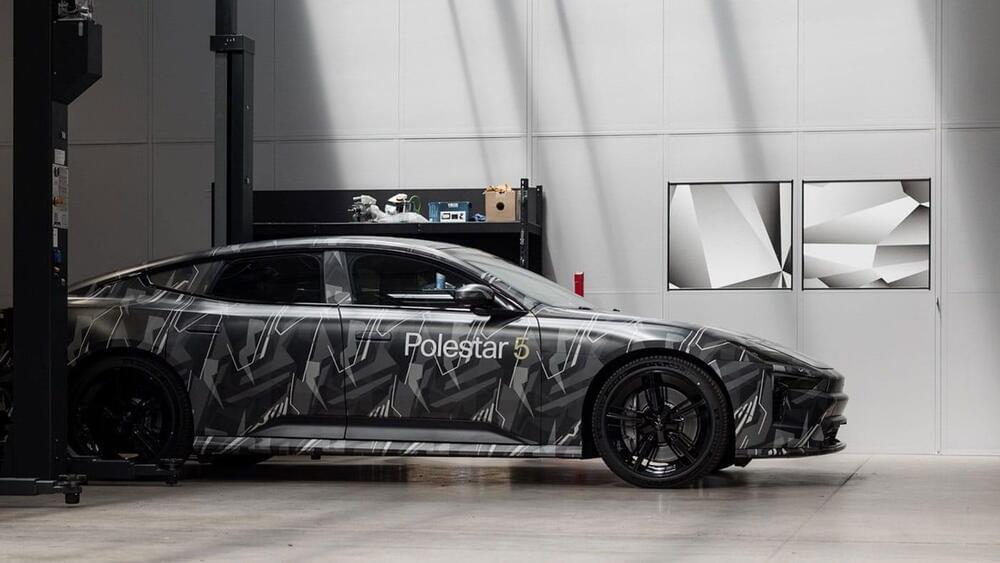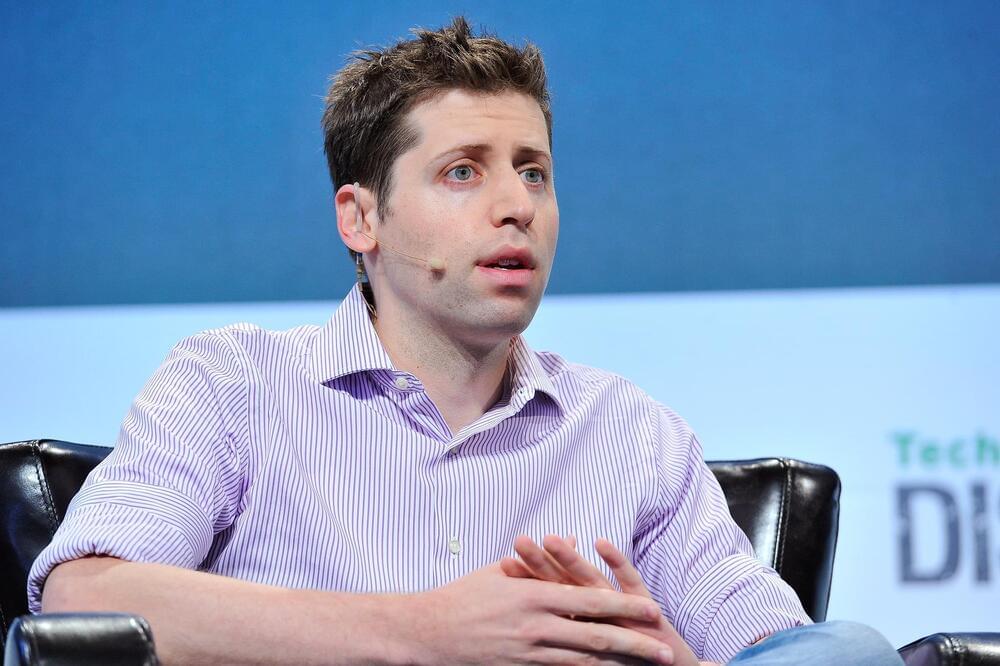Scientists have built noise-canceling headphones that filter out specific types of sound in real-time — such as birds chirping or car horns blaring — thanks to a deep learning artificial intelligence (AI) algorithm.
The system, which researchers at the University of Washington dub “semantic hearing,” streams all sounds captured by headphones to a smartphone, which cancels everything before letting wearers pick the specific types of audio they’d like to hear. They described the protoype in a paper published Oct. 29 in the journa IACM Digital Library.






